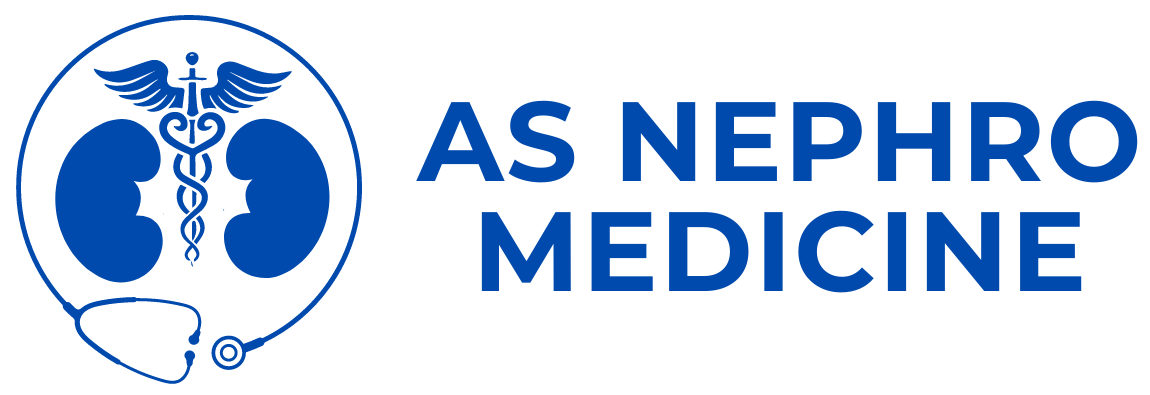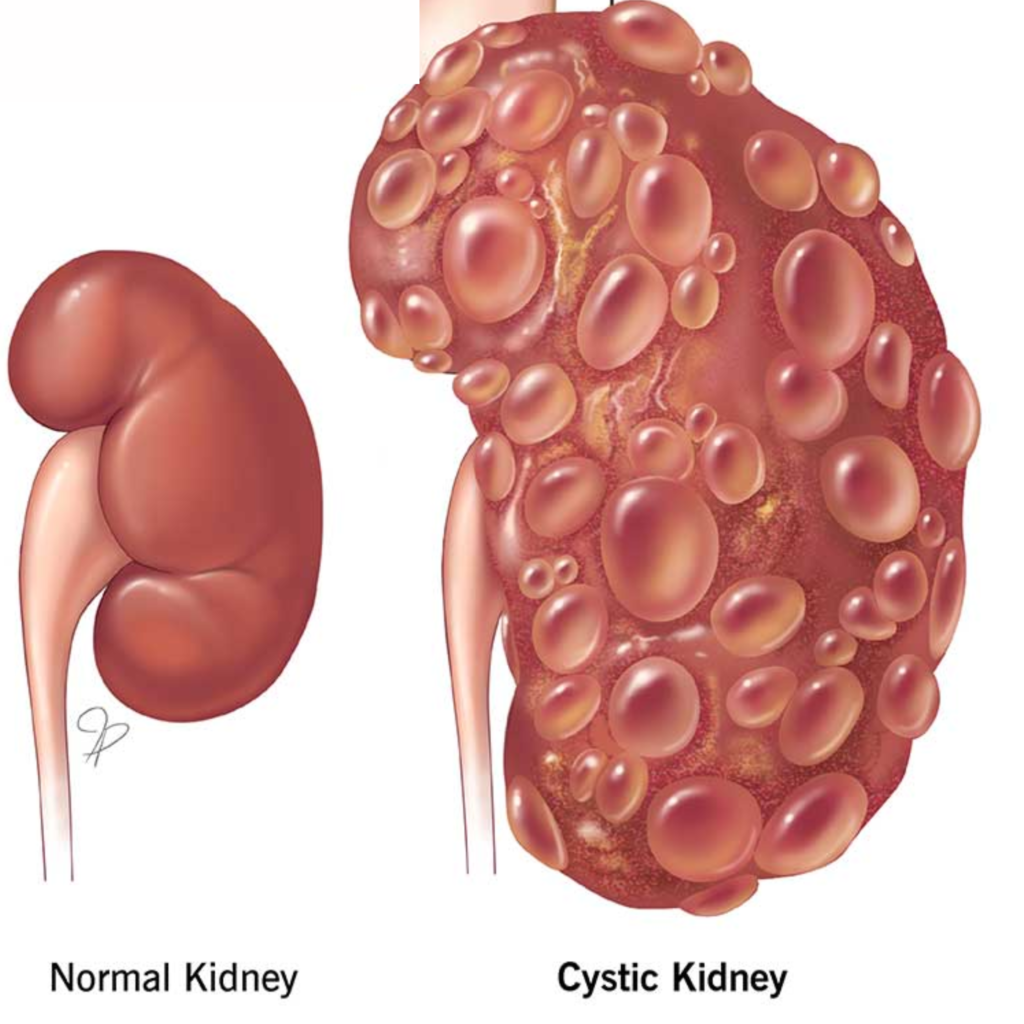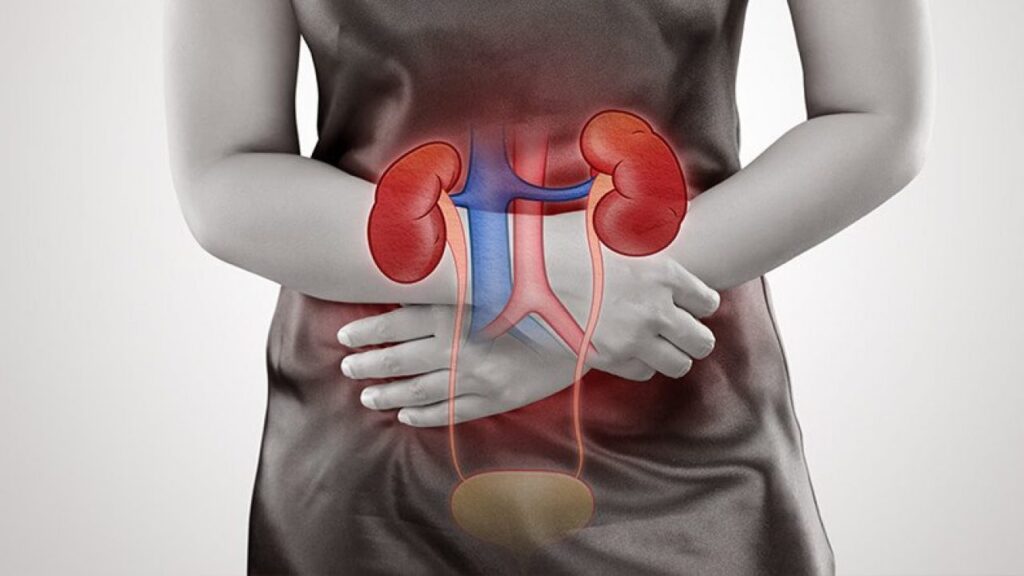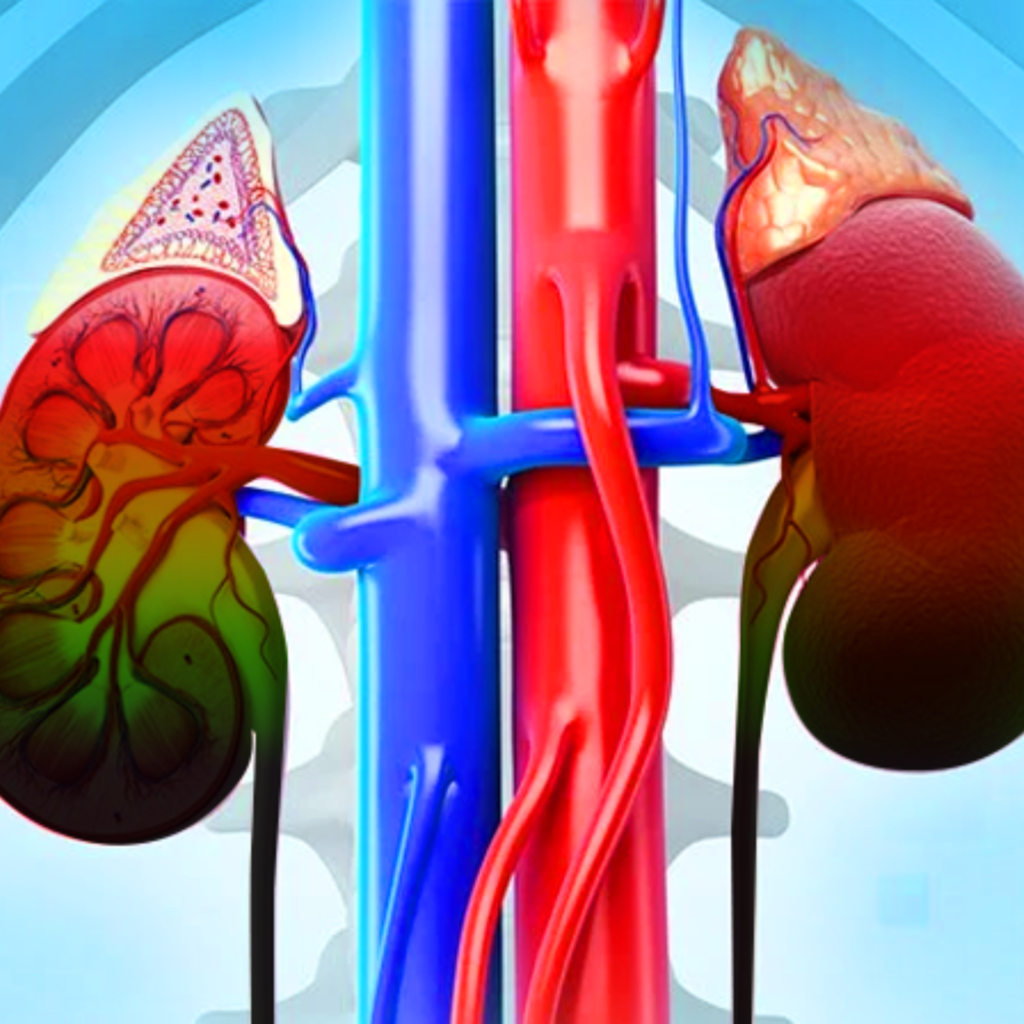Understanding Cystic Diseases: An Overview
Cystic diseases encompass a range of conditions characterized by the formation of cysts—fluid-filled sacs that can develop in various tissues and organs of the body. These diseases can vary widely in terms of their causes, symptoms, and treatments. In this blog post, we’ll explore the basics of cystic diseases, their common types, symptoms, diagnostic methods, and treatment options. What Are Cystic Diseases? Cystic diseases refer to a group of disorders where cysts form in different parts of the body. These cysts can vary in size and number and may be present in organs such as the kidneys, liver, ovaries, and lungs. Some cystic diseases are inherited, while others develop due to infections, blockages, or other underlying conditions. Common Types of Cystic Diseases Causes and Risk Factors The causes of cystic diseases vary depending on the type. Some are genetic, while others result from infections, blockages, or chronic conditions. Key risk factors include: Symptoms The symptoms of cystic diseases depend on the location and size of the cysts. Common symptoms include: Diagnosis Diagnosing cystic diseases typically involves a combination of the following methods: Treatment Options Treatment for cystic diseases varies based on the type, size, and symptoms of the cysts. Common treatments include: Living with Cystic Diseases Living with a cystic disease often requires regular monitoring and medical check-ups. Patients are encouraged to:
Understanding Cystic Diseases: An Overview Read More »



